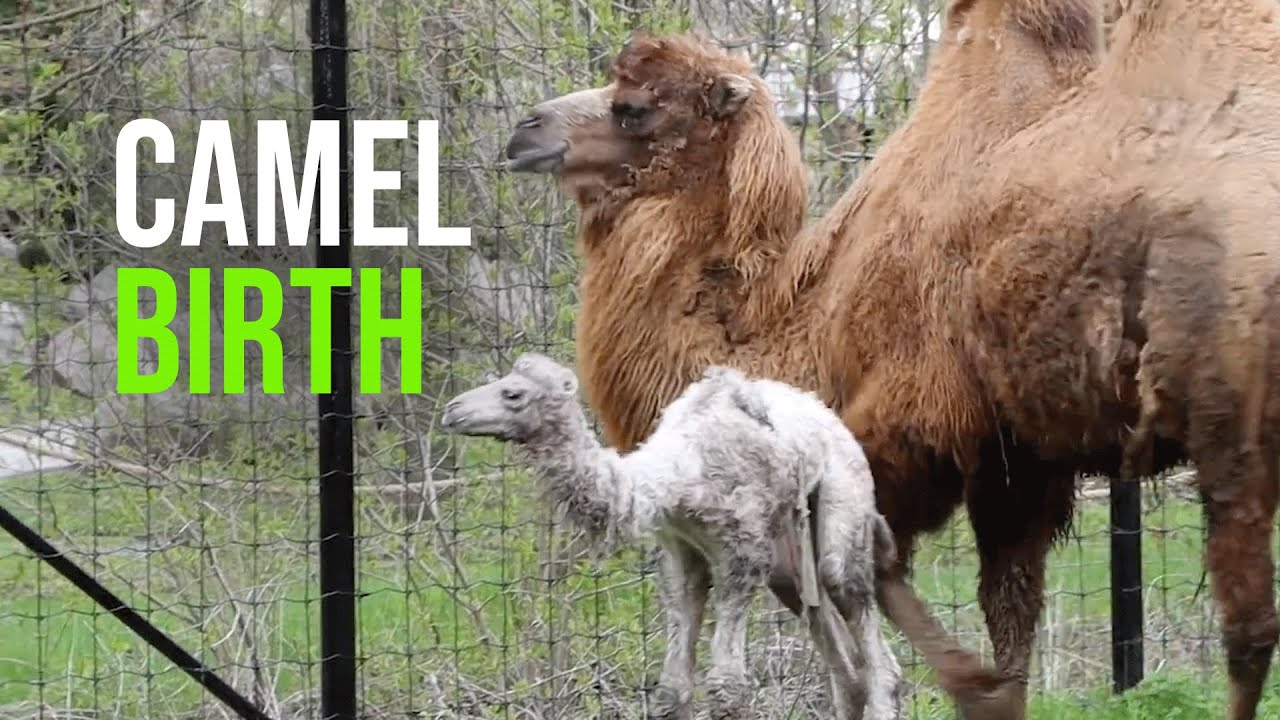– The birth of a Bactrian camel baby at Your Toronto Zoo represents a remarkable event in species conservation efforts.
– Understanding Bactrian camels’ behavioral and physiological traits is essential for their care and preservation.
– Zoo management has evolved to prioritize the health and welfare of animals, using scientific research and technology.
– Wildlife conservation is critical in maintaining biodiversity and the ecological roles of species like the Bactrian camel.
The recent announcement by Your Toronto Zoo about welcoming a Bactrian camel baby has generated excitement and provided a valuable opportunity to explore the significance of this event in the context of zoology, zoo management, and wildlife conservation. This article aims to offer readers an insightful look into the life of the Bactrian camel, the challenges and rewards of zoo management, and the broader implications for wildlife conservation.
### Bactrian Camels: An Overview
Bactrian camels are distinguishable from their more familiar relatives, the dromedary camels, by having two humps on their backs instead of one. Native to the steppes of Central Asia, these resilient animals are equipped to survive extreme temperatures ranging from scorching heat to cold. Their adaptability is attributed to their unique physiological characteristics, which include the ability to consume a wide variety of vegetation and conserve water over long periods. The birth of a Bactrian camel baby at Your Toronto Zoo amplifies the zoo’s role in animal conservation. It offers a prime example of the adaptive nature of these extraordinary creatures.
### Zoo Management and Animal Care
Zoo management has made significant strides in recent years, from merely displaying animals for public amusement to a more science-driven approach focused on conservation, research, and education. The arrival of the Bactrian camel baby at Your Toronto Zoo demonstrates the institution’s commitment to providing high-standard care, replicating the natural habitats of animals, and facilitating breeding programs that contribute to the sustainability of species. Managing a zoo involves a multifaceted approach, incorporating habitat design, nutritional plans, health monitoring, and behavioral enrichment to foster the well-being of the animals.
### Contribution to Wildlife Conservation
The conservation of wildlife, particularly species facing threats in their natural habitats, has become an urgent task. Zoos play a pivotal role in this quest by participating in captive breeding programs, rearing animals that might be endangered or extinct in the wild, and undertaking research to better understand the needs of various species. The Bactrian camel baby at Your Toronto Zoo symbolizes hope for species perseverance. Through educational programs and public engagement, the zoo raises awareness about the plight of these camels and the importance of conserving their natural environments.
### The Path Forward
Welcoming a Bactrian camel baby at Your Toronto Zoo marks a significant milestone in the collective effort to promote biodiversity and safeguard the future of species at risk. It also underscores zoos’ increasingly vital role in education, conservation, and research. By supporting such initiatives, the public can participate in the global movement towards a more sustainable and wildlife-inclusive future.
The conservation story embodied by the birth of the Bactrian camel baby reminds us of the interconnectedness of all living beings and the responsibility humans have in ensuring the survival of our planet’s diverse inhabitants. Through continued research, conservation efforts, and public engagement, zoos like Your Toronto Zoo contribute significantly to preserving and understanding the natural world.
*****
Source Description
TORONTO, ON, Friday, May 5, 2023: Your Toronto Zoo @TorontoZooChannel is heading into this sunny weekend with exciting news: we have a newborn camel! Suria, an eight-year-old Bactrian camel, gave birth to a female calf yesterday morning. This is Suria’s second calf, and although Suria is an attentive mother, the initial stages of nursing have been challenging. Wildlife Care and Wildlife Health staff were prepared for this initial hurdle and had several strategies to help ensure positive outcomes for both mom and calf.
“We are thrilled to welcome this little one to your Toronto Zoo,” says Dolf DeJong, CEO of Toronto Zoo. Our mission is to connect people, animals, and conservation science to fight extinction. Some guests were fortunate enough to watch Suria give birth right there in the habitat. They will likely never forget the experience of witnessing a life beginning.”
Wildlife Care staff confirmed the pregnancy last spring via ultrasound, and Suria was very laid back throughout her 13-month-long gestation period (it’s been a long time to wait, but they’re finally over the hump!).
The arrival of this baby brings the camel herd to six individuals. Suria and her new calf live with another female camel, Jozy, in the Bactrian Camel Habitat in the Zoo’s Eurasia Wilds. The first 30 days are always critical, and as mom and calf continue to bond, they may not always be on display. Zoo staff will continue to monitor both the calf and mom closely. Once the baby is a bit older, Wildlife Care staff will introduce the baby to other group members, Tilly and Jamarcus. Dad Zip, a seven-year-old male, will remain separated in another habitat area.
Please join us in welcoming the newest member of your Toronto Zoo family!
Learn more at http://ZooBorns.com!


